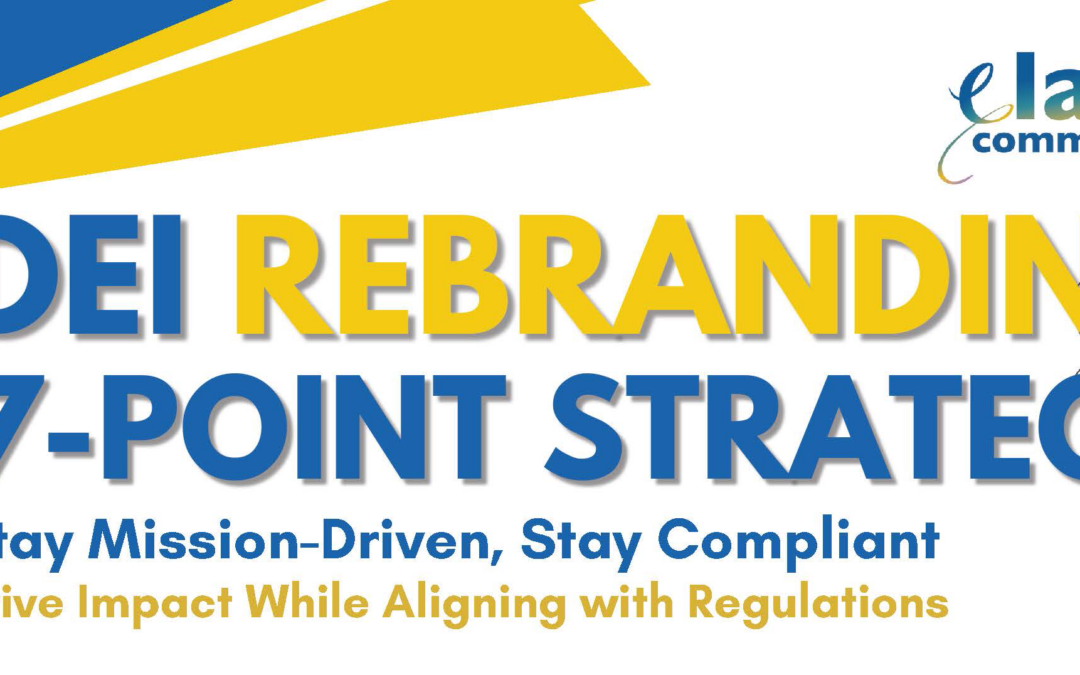In today’s fast-paced and interconnected world, effective communication is more important than ever. But it’s not enough simply to communicate; the real power lies in strategic communications. Strategic communications involves planning, executing, and analyzing communications efforts to achieve specific goals and objectives. Embracing strategic communications significantly enhances your organization’s impact and success.
Strategic communications starts with a clear understanding of your organization’s goals. Whether it’s increasing brand awareness, driving sales, or enhancing public perception, aligning your communication efforts with these goals ensures that every message and campaign contributes to your overarching objectives. This alignment helps maintain focus and consistency across all communications channels. A well-thought-out communications strategy helps build and maintain a positive reputation. Consistent, clear, and transparent communication fosters trust and credibility. By proactively managing your organization’s narrative, you can shape public perception and respond effectively to challenges or crises, minimizing potential damage to your reputation.
In times of crisis, having a strategic communications plan is invaluable. It enables your organization to respond swiftly and effectively, mitigating negative impacts and maintaining public trust. Strategic crisis communications involves anticipating potential issues, preparing key messages, and training spokespeople, ensuring a coordinated and confident response. Effective communication is also crucial during times of change. Whether it’s a merger, rebranding, or internal restructuring, strategic communications helps manage the transition smoothly. Clear, consistent messages reduce uncertainty, build support, and ensure all stakeholders are informed and aligned with the change.
Strategic communications isn’t a one-time effort; it’s an ongoing process of measurement and improvement. By setting clear metrics and regularly evaluating your communications efforts, you can identify what’s working and what isn’t. This data-driven approach allows for continuous refinement and optimization of your strategies, maximizing their effectiveness over time.
Implementing strategic communications requires practical steps such as defining your objectives, knowing your audience, crafting key messages, and choosing the right communications channels. Then, develop a detailed communications plan that outlines strategies, tactics, timelines, and responsibilities. Finally, execute the plan, monitor and evaluate performance data, and evaluate ways to refine your strategies. In this short video, I share quick tips on how to amplify your message for maximum impact through the power of strategic communications, so take a few seconds to check it out!









